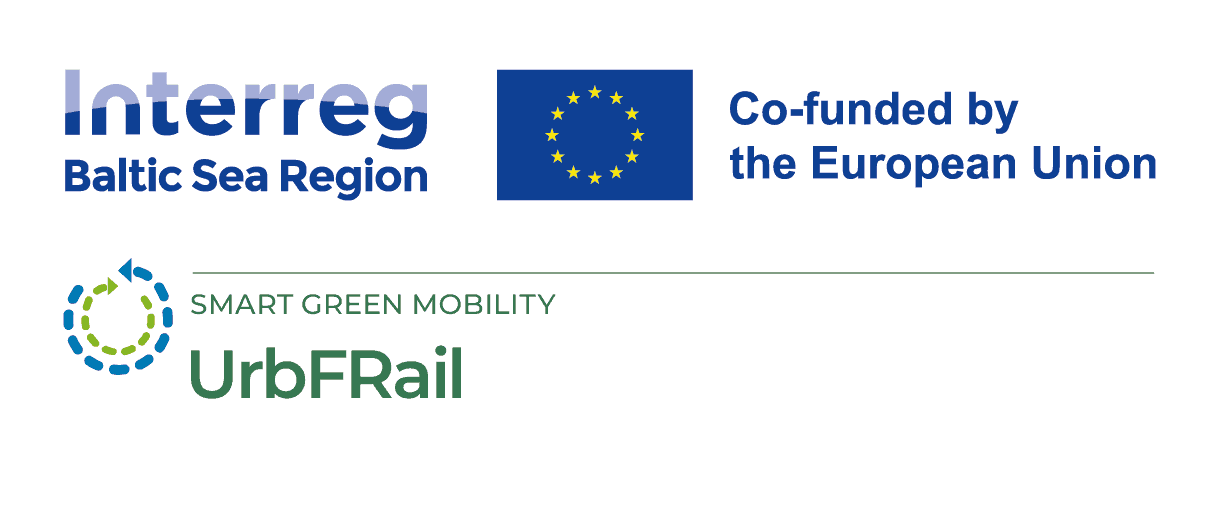
Revitalization of inner-urban freight rail hubs
16 May 2024
The reactivation of inner-urban freight rail hubs enables effective and environmentally friendly transport of goods to cities, aiming for more sustainable cities. The UrbFRail project will develop a set of tools that will enable cities to evaluate suitable areas for freight rail hubs and to support their revitalization in collaboration with various stakeholders.

Foto: Eugene Sergeev
Background
During the past 30 years, the use of inner-urban freight rail transport has dwindled notably, primarily due to de-industrialization. However, in the light of growing cities, congestion and higher demands on low emission transportation alternatives, Berlin, Stockholm, Katowice, and The Warsaw University of Technology have joined forces to look at possibilities of revitalization and explore a more efficient use of existing rail in the cities. By increasing the use of electrified rail and intermodal solutions, the transport system could become more economical and energy effective and reduce the number of heavy vehicles.
With its 1.700.000 inhabitants the Stockholm Region holds more than 20 percent of the Swedish population, which has resulted in congestion in the main road system. This calls for more effective rail freight options. The City of Stockholm together with KTH, Trafikverket (the Swedish Transport Administration and Lindholmen Science Park are looking at possibilities of revitalization of existing terminals and exploring a more efficient use of its infrastructure.
Three possible sites are investigated for their potential for improved freight rail services. The already working terminal of Årsta Combiterminal in the south of the city might get expanded. Furthermore, the decommissioned shunting yard in Tomteboda, just north of the inner city, is ideal for urban freight transport due to its location and has potential for improvement. Same goes for the Stockholm Royal Seaport (Norra Djurgårdsstaden) in the new urban development area in the eastern part of the city, which is currently planned with housing but still contains an unused railway yard.
Helena Sundberg, Regional Director at Trafikverket comments on the project:
- Trafikverket’s goal is to verify if urban freight rail hubs are a viable option, both from a public planning perspective and a commercial perspective. The results can influence how we manage and develop our properties and infrastructure facilities in urban areas.
Project goals – tools and increased knowledge
There is a need to understand challenges related to infrastructure and spatial planning and how inner-city freight transport can become useful in a modern context. The UrbFRail project goal is to fill the knowledge gap and support decisions for financial investments. The aim is to build a platform that includes two developed tools which spatial and transport planners can use to investigate and select suitable areas for freight rail hubs.
The Transport Department in the City of Stockholm are project partners. Robin Billsjö, Unit Manager, reflects:
- We need to look at innovative solutions to provide fresh approaches for sustainable freight transportation. This project gives us a possibility to explore new electrified logistics systems that align with our high set goals for fossil fuel-free transportation within the city.
Interactive map showing pilot locations. Use the arrow keys to move the map view and the zoom controls to zoom in or out. Press the Tab key to navigate between markers. Press Enter or click a marker to view pilot project details.





